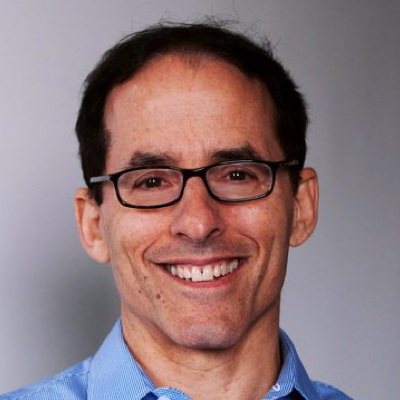May 18, 1999
Mark Weisbrot
Riverside Press-Enterprise (CA), May 18, 1999
Knight-Ridder/Tribune Media Services, May 13, 1999
Treasury Secretary Robert Rubin picked a good time to resign. As a senior White House official said, Rubin “made his fortune selling at the top of the market.” Perhaps that’s why the Dow initially dropped 200 points on the news: some of Rubin’s colleagues on Wall Street may have sensed that he was getting out while the getting was good.
The market subsequently rebounded, partly because Deputy Treasury Secretary Lawrence Summers, Rubin’s replacement, was seen as continuing the policies of his predecessor.
But continuity is the last thing we need. Rubin’s admirers have noted that the stock market has been booming lately, money is flowing back into “emerging markets,” and the threat of “contagion” in the international financial system– from Russia’s default on foreign debt, for example– has receded.
But the disasters that Robert Rubin helped create in his four years at Treasury are still festering. There are tens of millions of newly impoverished people in Indonesia, South Korea, and the other Asian countries that were dragged into the swamp last year. The Russian economy, cut in half after seven years of Western management, is again contracting– spurring a seemingly endless political crisis. Brazil’s economy is shrinking even faster, thanks to a Treasury-organized bail-out of foreign investors that began last November. It is only a matter of time before more of Treasury’s chickens, dispersed throughout the globe, come home to roost.
It is no exaggeration to say that the U.S. Treasury Department is the primary culprit in this continuing economic turmoil. It was at their urging that the Asian countries opened their economies to the massive foreign borrowing that pushed their financial systems to the precipice. For example, an internal Treasury Department memorandum of June 29, 1996 listed “priority areas where Treasury is seeking further liberalization” in South Korea. These included the short-term foreign borrowing by Korean companies that made their economy– as well as others– especially vulnerable to a sudden reversal of capital flows.
Then they turned the financial crisis into a regional depression, by forcing “austerity” policies on the injured economies of the region: high interest rates, tax increases, and budget cuts.
To understand how Treasury can do so much damage to the world, it is necessary to look at the mechanisms of their power. The most important is the International Monetary Fund. Although it is ostensibly an organization of 182 member countries, in practice it is controlled by the U.S. Treasury department. Furthermore, they have set up the system so that a government that does not agree to the IMF’s conditions for lending will be denied credit from the World Bank, other multilateral lending agencies, and often private sources as well. So it is very difficult, and for many governments it is practically suicidal, to refuse the IMF’s– and therefore Treasury’s– demands.
Rubin went to great lengths to preserve this system of absolute power. In August of 1997 Japan proposed a $100 billion fund to stabilize the region’s currencies. Lawrence Summers was assigned to kill the plan, and accomplished his mission. Maintaining the Treasury’s control over the conditions of any bailout was more important than preventing the region’s descent into economic chaos, which was still possible at that time.
Rubin also distinguished himself by fighting to keep the Clinton administration from increasing spending on programs for the poor. But his largesse knew no limits when it came to bailing out his Wall Street friends when their loans went sour in Mexico or South Korea. In 1995 during the Mexican peso crisis, he ran into Congressional opposition– after all, most people think that if you make risky loans and get high interest rates for your gamble, the government shouldn’t bail you out when you lose. So he did an end run around Congress and grabbed $12 billion from a special Treasury fund that is supposed to be used only for stabilizing the dollar.
Over the last two years there has been a major shift in thinking among economists with regard to unregulated financial flows across international boundaries. Many of the nation’s most prominent economists– Joseph Stiglitz at the World Bank, Columbia’s Jagdish Bhagwati, Paul Krugman at M.I.T., and Harvard’s Jeffrey Sachs among them– have argued that international financial liberalization has gone too far.
But the interests of U.S. financial firms in expanding their overseas operations have prevailed in the policy arena. The “Wall Street-Treasury Complex” marches onward, unfazed by the still-smoldering wreckage from their most recent ventures.
Summers’ appointment is a sure sign that the interests of traders, speculators, and multinational banks will remain supreme. At least until the next round of financial disasters triggers some re-thinking.






